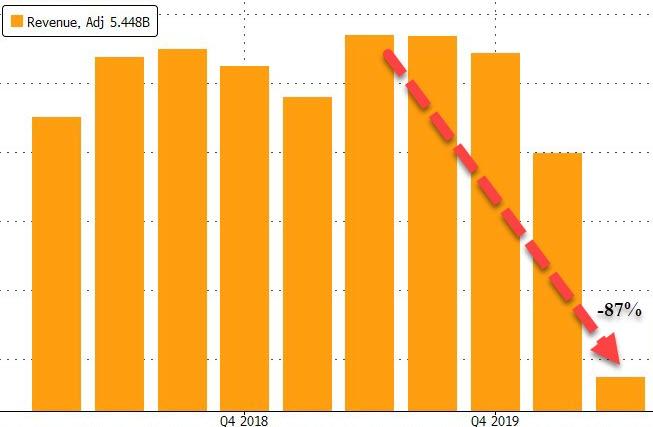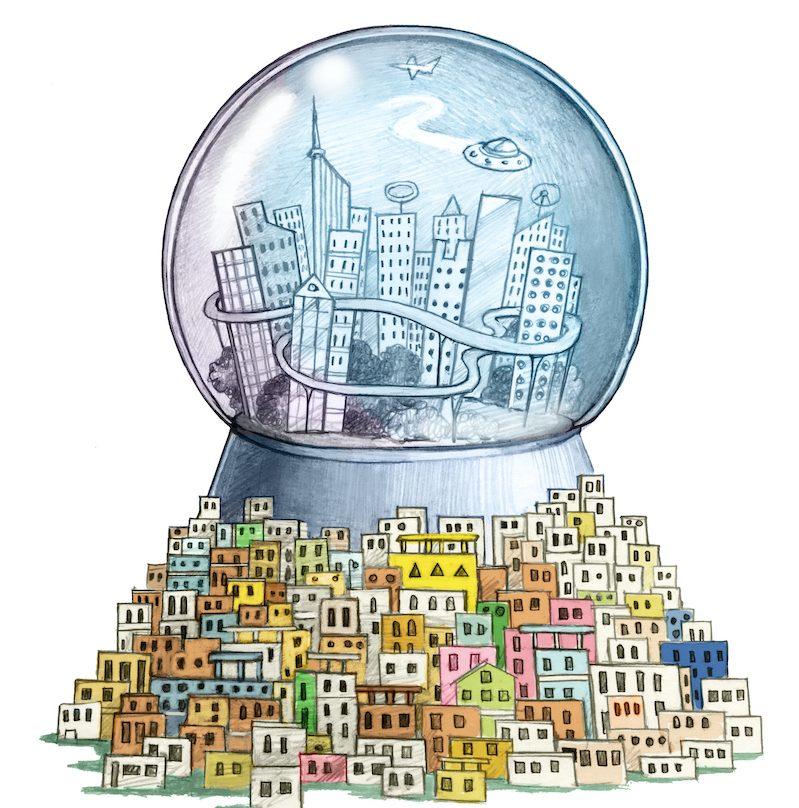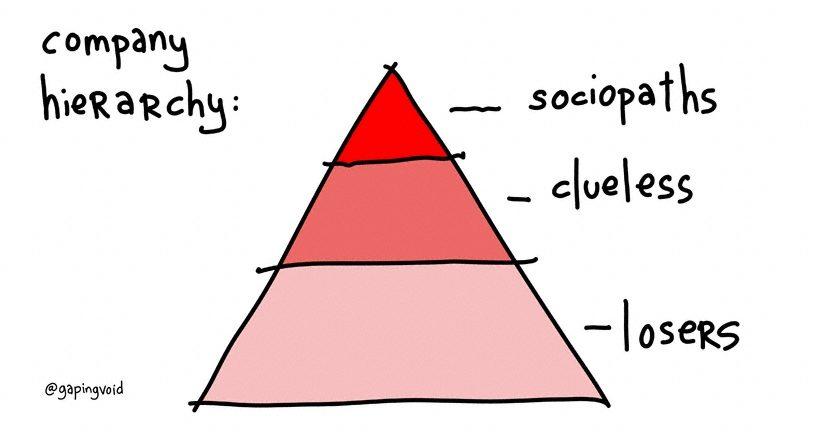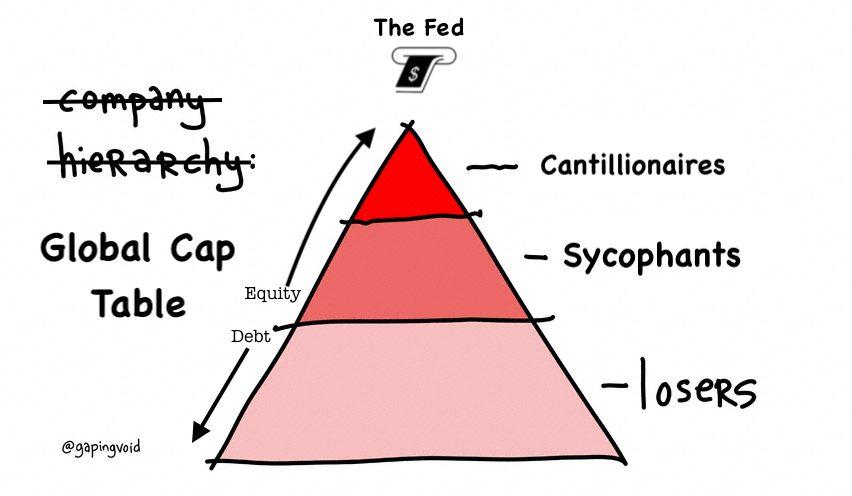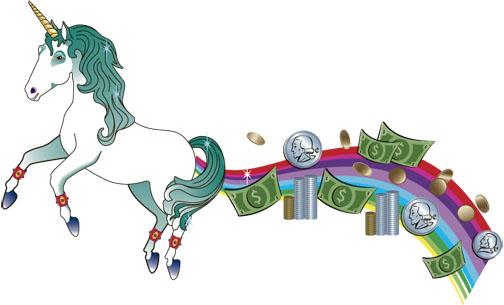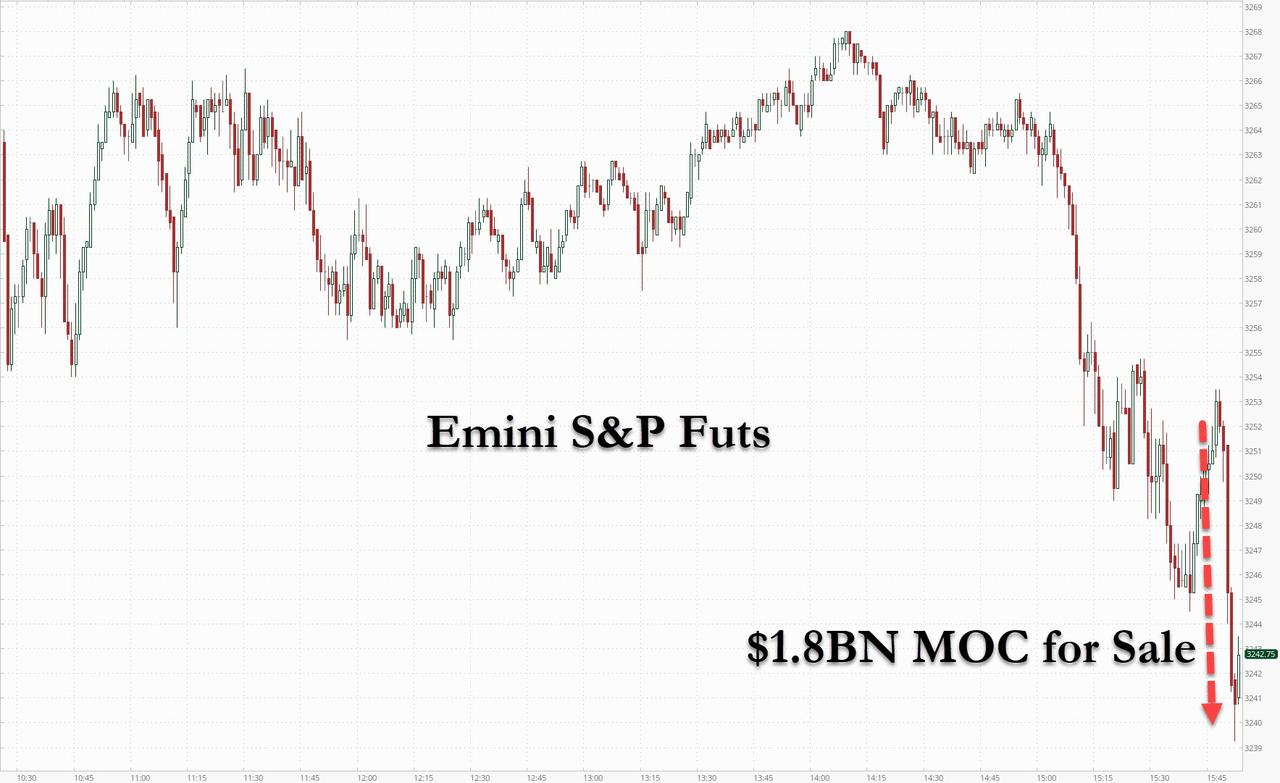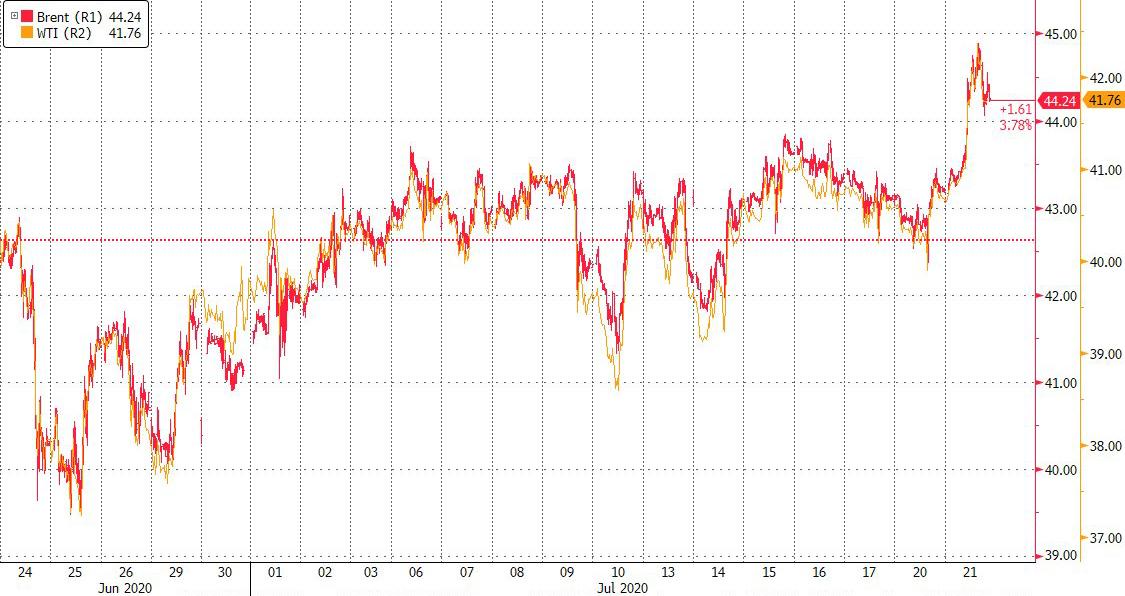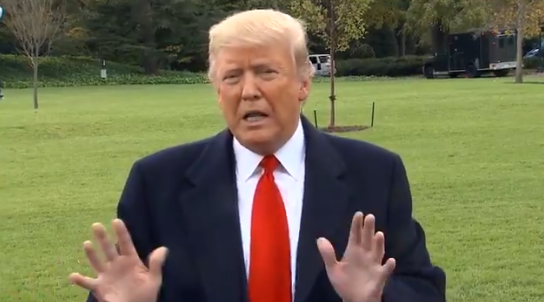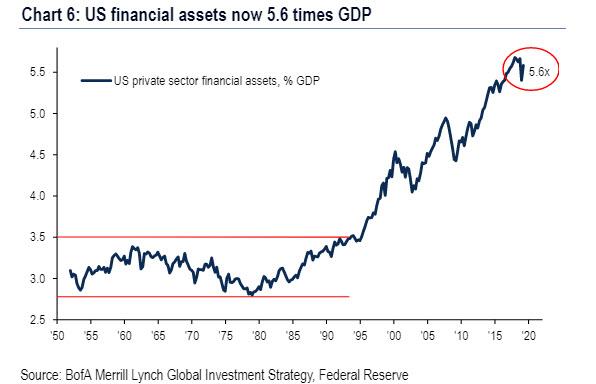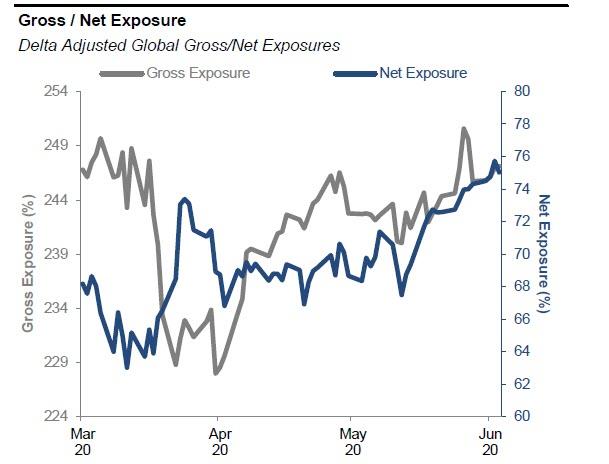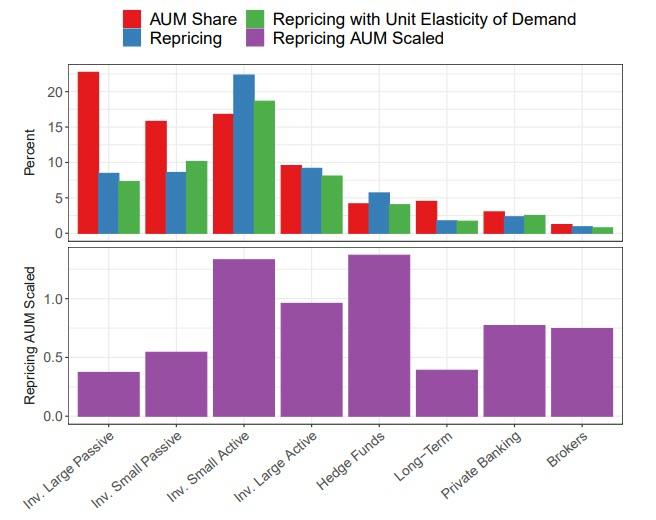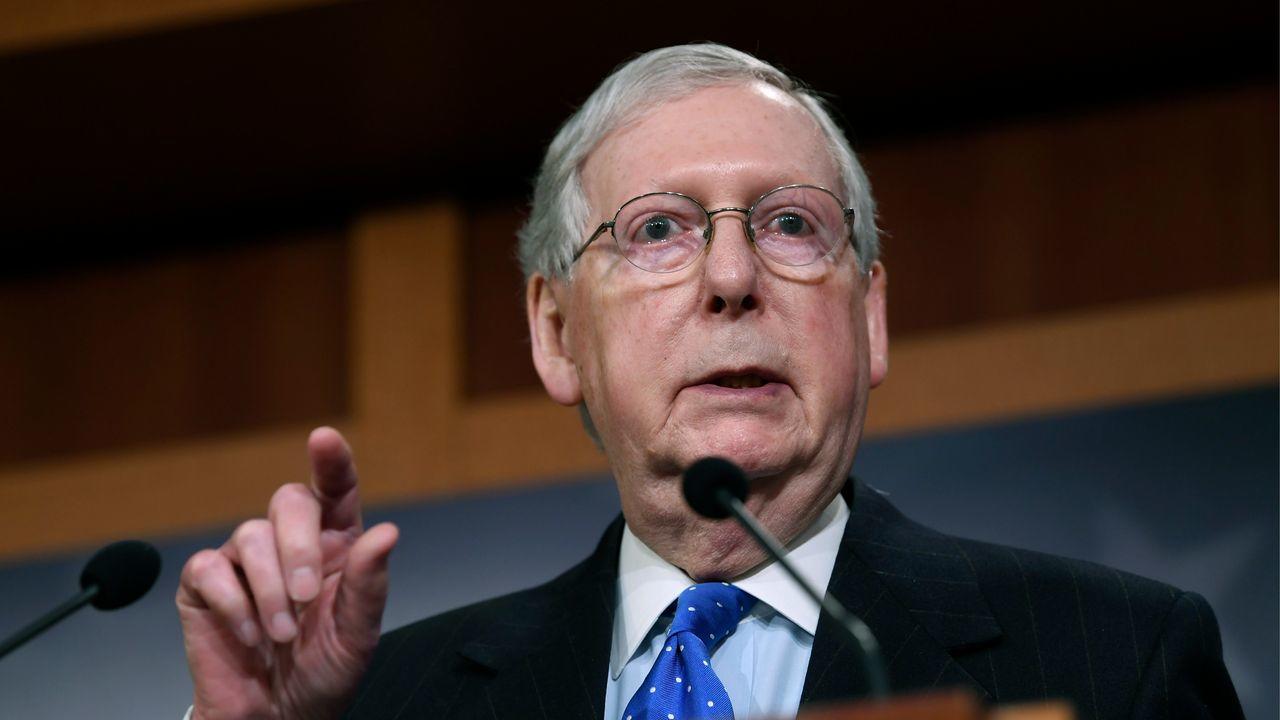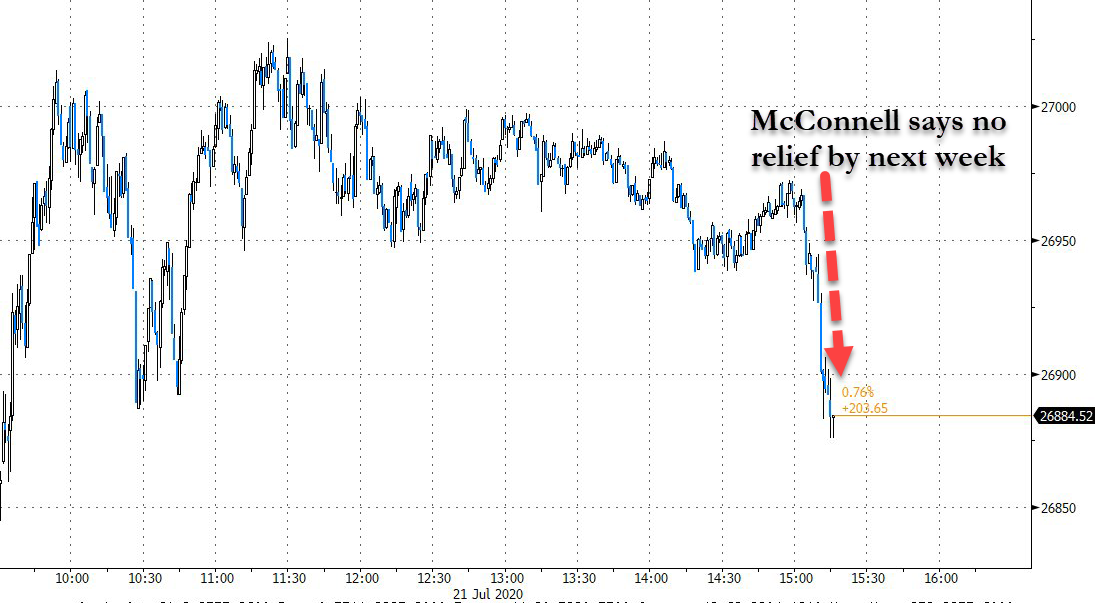50 Things You Should Get Right Now To Prepare For The Chaotic Events Of The Next 12 Months
Tyler Durden
Tue, 07/21/2020 – 17:05
Authored by Michael Snyder via TheMostImportantNews.com,
People have been asking me to do an article like this for quite some time. In all the years that I have been writing, I have never seen so many of my readers so alarmed about our immediate future. Over and over again, I have been getting emails from people asking for advice about how to prepare for what is ahead, and so many of them are using the word “urgency” to describe what they are feeling. And I can definitely identify with that, because around the middle of last year that is a word that I started using constantly. I felt an urgency about 2020 that I had never felt about any other upcoming year, and there were certain things that I knew that I had to get done. One of those things that I had to get done was my new book, and it is now finished. The plan is to release it this month, and after reading it there will be no doubt about why I have been feeling such a sense of urgency in recent months.
I want to warn you in advance that the list below is not an exhaustive list.
Instead, it is meant to be a very basic starting guide. There are many other things that could (and probably should) be added to this list, and I very much encourage readers to leave comments after this article with their own suggestions and recommendations. We should always be willing to learn from one another, because nobody is an expert on everything.
To me, the four primary priorities for preparing for an emergency scenario are food, water, energy and shelter. Once you have got those four basic areas covered, you can certainly build on that foundation by addressing other considerations.
In the title of this article I use the phrase “the next 12 months”, but I do not mean to imply that everything will be fine after those 12 months are over. In fact, I am convinced that our problems are only going to intensify as time rolls along.
And I certainly hope that you will not need everything on this list during the next 12 months. Hopefully, you will not need to use some of these items for a few years. But this is definitely a great opportunity to purchase many of these things, because a lot of them are only going to become more expensive and more difficult to acquire the worse conditions get.
In putting this list together, I was envisioning a scenario in which most of you will be sheltering at home rather than “bugging out” to an alternative location. In a “bugging out” scenario, this list would look quite a bit different.
Also, I didn’t address self-defense in this list, but without a doubt it is very important. In fact, if you live in or near a major city, it is imperative to have a plan for defending yourself and your family. For years, I have been encouraging readers to move away from the major cities, but for a lot of people that simply isn’t possible at this moment. More than 51 million Americans have filed new claims for unemployment so far this year, and so a good stable job is an extremely valuable thing to have at this moment. If your job is keeping you in a potentially dangerous area right now, you will also want to have a plan for “bugging out” to a more remote location if the need arises.
With all of that being said, the following are 50 things that I am encouraging everyone to stock up on in order to prepare for the chaotic times that are coming…
#1 A Generator
#2 A Berkey Water Filter
#3 A Rainwater Collection System If You Do Not Have A Natural Supply Of Water Near Your Home
#4 An Emergency Medical Kit
#5 Rice
#6 Pasta
#7 Canned Soup
#8 Canned Vegetables
#9 Canned Fruit
#10 Canned Chicken
#11 Jars Of Peanut Butter
#12 Salt
#13 Sugar
#14 Powdered Milk
#15 Bags Of Flour
#16 Yeast
#17 Lots Of Extra Coffee (If You Drink It)
#18 Buckets Of Long-Term Storable Food
#19 Extra Vitamins
#20 Lighters Or Matches
#21 Candles
#22 Flashlights Or Lanterns
#23 Plenty Of Wood To Burn
#24 Extra Blankets
#25 Extra Sleeping Bags
#26 A Sun Oven
#27 An Extra Fan If You Live In A Hot Climate
#28 Hand Sanitizer
#29 Toilet Paper
#30 Extra Soap And Shampoo
#31 Extra Toothpaste
#32 Extra Razors
#33 Bottles Of Bleach
#34 A Battery-Powered Radio
#35 Extra Batteries
#36 Solar Chargers
#37 Trash Bags
#38 Tarps
#39 A Pocket Knife
#40 A Hammer
#41 An Axe
#42 A Shovel
#43 Work Gloves
#44 N95 Masks
#45 Seeds For A Garden
#46 Canning Jars
#47 Extra Supplies For Your Pets
#48 An Emergency Supply Of Cash
#49 Bibles For Every Member Of Your Family
#50 A “Bug Out Bag” For Every Member Of Your Family
Are there certain key items that you would add to this list? If so, please feel free to leave a comment with your thoughts below.
I understand that there are a lot of people out there that are feeling extreme financial stress during this severe economic downturn, and acquiring all of the items on this list may not be possible.
And that is okay. Our job is to do the very best that we can with what we have, and we shall trust God with the rest.
I know that a lot of people out there don’t like it when I write such “negative” articles. But I wouldn’t be doing my duty if I didn’t warn people about what was coming, and I actually believe that articles like this give people a lot of hope.
There is hope in understanding what is coming, there is hope in getting prepared, and there is hope in connecting with others that are also preparing.
Just like we witnessed during the early stages of this COVID-19 pandemic, the people that will be freaking out when things get really crazy will be those that do not understand what is happening and haven’t made any preparations in advance.
Millions upon millions of Americans will not be able to handle the times that are coming, but we prepare because we believe that with God’s help we can make it through all of the storms that are ahead.
If you wish to mock us for being preppers, please feel free to do so, but you also need to be prepared to issue one whopper of an apology when you are forced to turn to one of us for help one day.
via ZeroHedge News https://ift.tt/30s78u8 Tyler Durden


